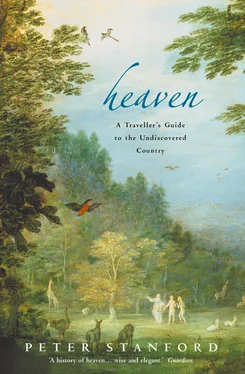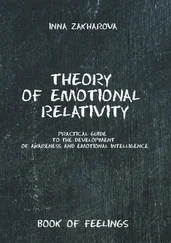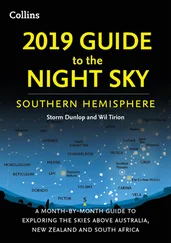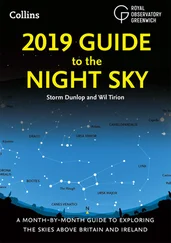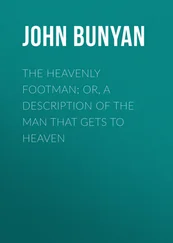Despite its unfathomable promise, heaven has eternally been the poor relation of hell; the quieter, paler sibling, the bland-looking friend that some attractive men and women take round with them so as to make themselves shine ever more brightly in comparison. George Bernard Shaw waspishly remarked in Man and Superman (1903): ‘Heaven, as conventionally conceived, is a place so inane, so dull, so useless, so miserable, that nobody has ever ventured to describe a whole day in heaven, though plenty of people have described a day at the seaside.’ Shaw may have correctly identified early the relative silence on heaven that took hold in the twentieth century, but he was, of course, exaggerating for effect. Down the ages, when heaven has occasionally managed to raise its subtly attractive head above the flames of the hell fires, it has gripped imaginations and produced some memorable and influential images. This is the world of Fra Angelico’s Last Judgement , Luca Signorelli’s Coronation of the Elect , William Blake’s The Meeting of a Family in Heaven and Stanley Spencer’s Resurrection: Cookham , a place of music, dancing, good health, sex, self-congratulation and plenty. It is the Elysian Fields, an image shamelessly borrowed from Virgil by the early Christians and entered symbolically through a gate, where, according to the Aeneid , those amongst the dead chosen for their heroic virtues ‘train on grassy rings, others compete in field games, others grapple on the sand; feet moving to a rhythmic beat, the dancers move in formation as they sing’. Heaven is where, according to Dante, the ‘Great Light shines in three circles’, where, the Revd Charles Kingsley wrote to his beloved wife, Fanny, ‘marital love will be without oscillation, even at the same glorious full tide of delight’, and where, in Steven Spielberg’s Always , Audrey Hepburn presides in a green glade.
Despite official urgings to the contrary, theologians, artists and writers have kept up a lively debate about the nature of heaven. There are three basic views. The first has appealed most to theologians and mystics – somewhere we spend eternal solitude with God alone. Here the traveller is in an unknown territory without landmarks, somewhere imaginable only in moments of intense prayer or spiritual introspection. All earthly relationships – spouses, parents, children – are as nothing in this place, and the body and bodily pleasures are exchanged for a vaguely defined inner peace. The imagination, a key component in any approach to heaven, is directed solely to God Himself and the backdrop is irrelevant. For the medieval mystics, God was so much the centre of their reveries that heaven was sexual fulfilment with Christ the Bridegroom.
The second view is much more tangible, familiar and easy to plot. It allows for some overlap between heaven and earth, and hence relationships outside the central bond with God. The necessary inspiration is all at hand. In the one and only conversation I ever had with my mother about death, on the occasion of my grandmother’s death, she told me that her own image of heaven was of a welcoming committee of my great aunts greeting their sister with, ‘Well, Annie, what took you so long?’ This is the flip side of Jean-Paul Sartre’s remark in Huis Clos that ‘hell is other people’. The same may be said, in more upbeat mood, of heaven.
The hopes of being reunited in death were never more poetically expressed than in the seventeenth century by Henry King, Bishop of Chichester, in his celebrated An Exequy , written in 1657 after the death of his wife, Anne:
Sleep on (my Love!) in thy cold bed
Never to be disquieted .
My last Good-night! Thou wilt not wake
Till I thy fate shall overtake;
Till age, or grief, or sickness must
Marry my body to that dust
It so much loves; and fill the room
My heart keeps empty in thy tomb .
But hark! My pulse, like a soft drum
Beats my approach, tells thee I come;
And, slow howe’er my marches be ,
I shall at last sit down by thee.
The thought of this bids me go on ,
And wait my dissolution
With hope and comfort .
The third and commonest approach historically is a hybrid of the first two – somewhere to be with God alone, yet also a place where the imagination inevitably wanders into providing some shape and form, usually a garden, and to other relationships which may continue from earth.
All three approaches have their appeal depending on whether it is comfort, freedom from fear, or the search for another dimension beyond the banalities of earthly life that is prompting the seeker. Opinion has vacillated between this trinity – one theocentric (or based on God), another anthropocentric (focused on the human) and the third without a grand tag, but fundamentally a cocktail of the other two. Often all three have been promoted by different groups at the same time and the Churches, for their part, have never quite made up their minds.
The New Testament, for example, talks of heavenly liturgies, bodies that are but spirit and an angelic, celibate lifestyle in the hereafter. In the same theocentric vein, St Augustine spoke of death as the ‘flight in solitude of the Solitary’. The Protestant reformers, the Puritans and the Jansenists embraced the God-centred view of heaven. Yet alongside this trend, there has been a parallel one which insists on creating heaven in the image of a spruced-up earth. In the second century, Irenaeus of Lyons, taking his lead from Revelation, held that the chosen would, for a thousand years after their death, inhabit what was in effect a renewed earth. In this plan whatever you had been denied the first time round, you received in abundance in the rerun.
Heaven as a compensation for all you have missed on earth has always been an attractive gospel. In Renaissance times, theologians joined with humanists and artists in humanising heaven. Borrowing from the Golden Age and the Isles of the Blest (an alternative form for the Elysian Fields) of classical mythology, they fashioned a ‘forever environment’ where men and women met, played, kissed and caressed against a pastoral backdrop. Often God would be removed from direct participation in this pleasure garden and heaven would be given two or even three tiers, the furthest away being the domain of the exclusively spiritual, characterised solely in terms of intensity of light.
More recently in the eighteenth century, the influential, though much-neglected writings of the Swedish scientist-turned-religious-guru Emanuel Swedenborg gave the earth-linked heaven a romantic edge. He is one of the architects of the modern heaven. His Heaven and Hell , part of a body of works known as Arcana Coelestia , which were much-read and remarked upon by the remarkable William Blake among others, describes the author’s encounter with angels as he moves between the spirit world and the material world. It was an image to inspire both popular nineteenth-century authors and twentieth-century film-makers who turned heaven into a cosy, twee copy of the earth, where love and good will conquer all.
There has always, it should be noted, been traffic between the different positions on heaven. Usually it has ended up in the fudge of the third way. Some of those who once preached of a God-centred heaven changed their mind in later life when it seemed they were about to test the validity of their theories. Augustine, in old age, began describing an afterlife where God was very important but where there was time too for long lunches with old friends and enjoyment of physical beauty, but without, of course, his bête noire , sex.
Читать дальше
